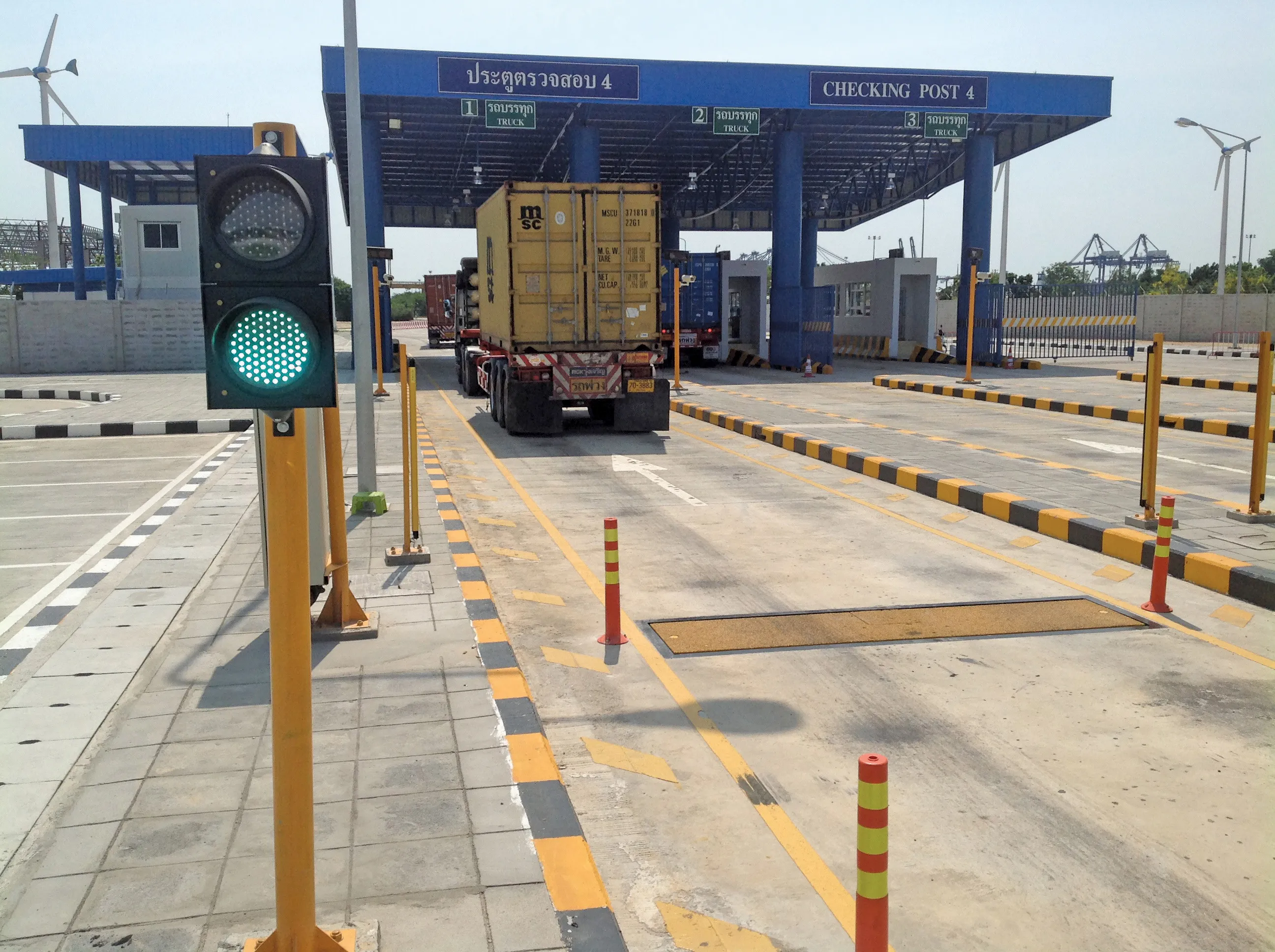
England’s road agency National Highways is introducing a 7.5 tonne weight limit for vehicles using the Severn Bridge after inspections showed deterioration to the supporting cables.
The suspension Severn Bridge, which opened in 1966, carries the M48 motorway over the Severn River which separates England and Wales. National Highways said there has been concern about the state of the cables since inspections in 2022 and 2023. Further laboratory testing has revealed that the main cables are deteriorating.
The weight restrictions come into force May 27 which means heavy goods vehicles will have to use the nearby 30-year-old cable-stayed M4 motorway Prince of Wales Bridge to travel between England and Wales. The weight restriction will remain in place for an estimated 12 to 18 months, depending on further investigations and while National Highways develops and installs a medium-term solution.
National Highways also said that it is considering installing automatic number plate recognition (APNR) to support enforcement of the new weight restriction.
According to the road agency, the weight restriction will remain in place for 12 to 18 months, depending on further investigations and while National Highways develops and installs a medium-term solution.
“While the bridge remains safe, it was not designed and built for today’s levels or weight of traffic,” said Chris Pope, programme delivery manager for National Highways. “Vehicles have got heavier and traffic levels have increased significantly over the last 60 years putting greater load on the cables. “As with all our structures, we will continue to monitor the bridge and ensure it remains safe for users.”
The Severn Bridge carried around 32,000 vehicles daily in 2024, 3,270 of which were heavy goods vehicles over 7.5 tonnes, meaning around 10 percent of traffic will be diverted via the M4 Prince of Wales Bridge once the restrictions are in place.
The size and weight of heavy goods vehicles - trucks - have increased significantly due to evolving transport demands, some rising from 22 tonnes to 44 tonnes. Since the tolls were removed on the bridge in 2018 there has been a 34% increase in traffic and these changes mean a substantial increase in weight over the bridge, for which it was not designed, noted National Highways.








